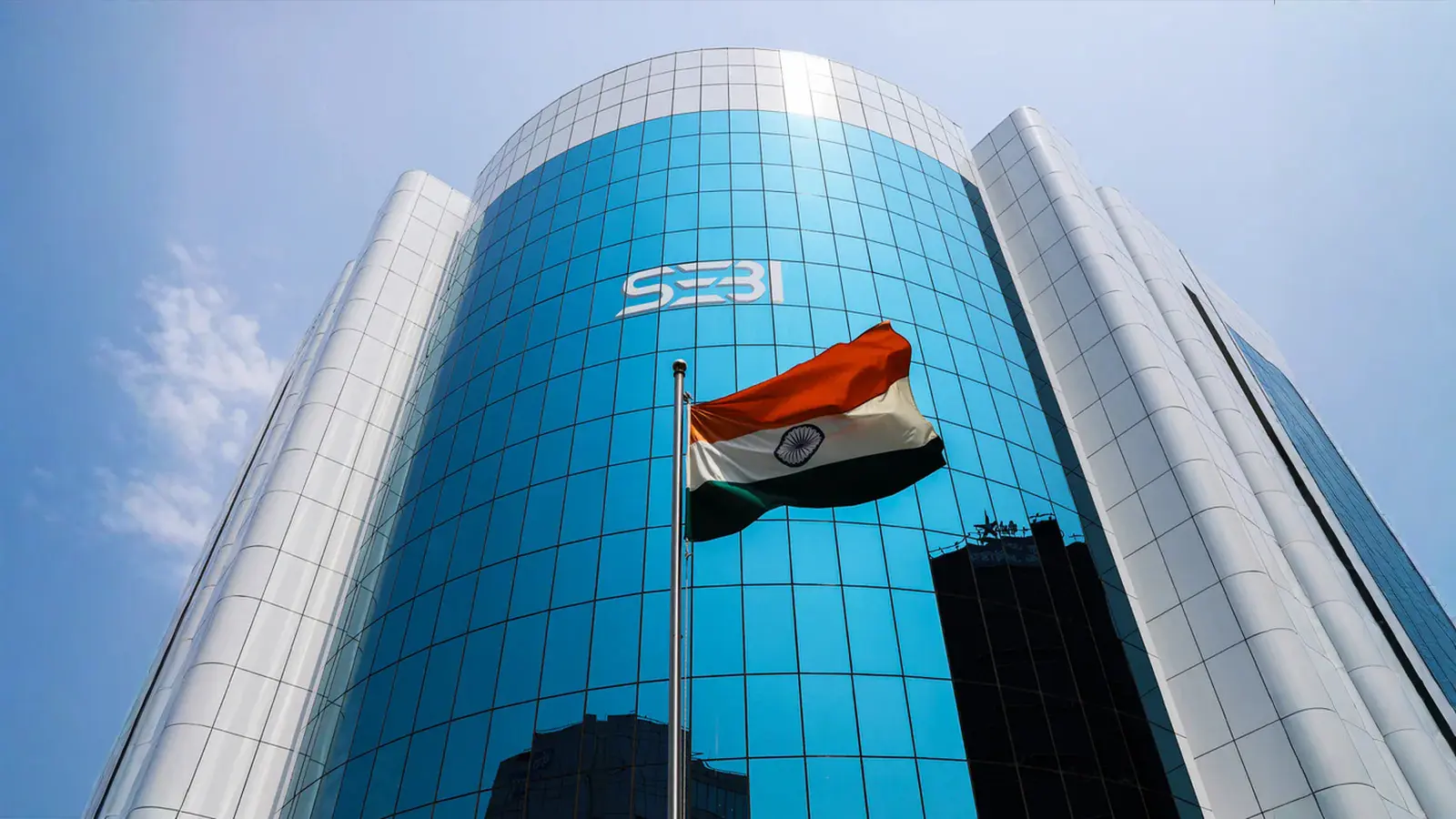Author: Aditya Pareek | EQMint | Market News
Mumbai, October 31 — In a significant move to improve diversification and reduce concentration risk in India’s most traded derivatives index, the Securities and Exchange Board of India (Sebi) has announced sweeping reforms to the Nifty Bank Index (Bank Nifty).
The new framework, which takes effect in phases until March 2026, mandates a minimum of 14 constituents in the index, up from the current 12, while capping the maximum weight of any single stock at 20%, down from the existing 33%.
The market regulator said the decision aims to create a more balanced, representative, and resilient banking index, which serves as a benchmark for millions of derivative trades daily and underpins thousands of mutual fund and ETF portfolios.
Key Reforms Announced by Sebi
Under the revised norms, Sebi has introduced three key changes:
- Minimum Constituents Raised:
The Bank Nifty will now comprise at least 14 banking stocks, expanding from the current 12 to ensure better representation of the Indian banking sector. - Cap on Top Stock Weight:
The weight of the top constituent will now be restricted to 20%, compared to 33% earlier, to prevent over-dependence on a single large-cap bank. - Cap on Top Three Stocks:
The combined weight of the top three constituents has been limited to 45%, down from 62% currently, to encourage better weight distribution among mid-sized and public sector banks.
The implementation will take place in four tranches, beginning December 2025, with the final adjustment completed by March 31, 2026.
Why Sebi Made the Move
Sebi’s decision follows its broader May 2025 circular on the eligibility and composition of indices used for derivatives trading. The regulator has been tightening norms to ensure that benchmark indices better reflect market diversity and minimize systemic risks caused by concentration in a few heavyweight stocks.
According to Sebi, the rebalancing will promote “orderly adjustment of assets under management (AUM)” in exchange-traded funds and index funds tracking the Bank Nifty.
“The idea is to ensure that no single bank or a few large private lenders dominate the index movement,” said a senior official familiar with the development. “This will make the index more reflective of India’s entire banking sector rather than being skewed toward a few names.”
Impact on Major Banks
The change will particularly affect HDFC Bank, ICICI Bank, and State Bank of India, which together currently account for more than 60% of the index weight.
Once implemented, their combined weighting will fall to a maximum of 45%, freeing up around 17% of the total index weight for smaller banks. This freed-up portion will be redistributed among existing constituents and potential new entrants, creating a more balanced mix of private and public sector banks.
Potential new additions under consideration include YES Bank, Indian Bank, Union Bank of India, and Bank of India — all of which could help diversify the index further.
The revised structure will also allow mid-tier banks like IDFC First Bank, Federal Bank, and AU Small Finance Bank to gain more representation, aligning with Sebi’s focus on encouraging inclusivity across the financial spectrum.
Current Bank Nifty Composition
The Bank Nifty currently includes the following 12 banks: HDFC Bank, ICICI Bank, State Bank of India, Axis Bank, Kotak Mahindra Bank, IndusInd Bank, AU Small Finance Bank, IDFC First Bank, Canara Bank, Punjab National Bank, Bank of Baroda, and Federal Bank.
Under the new structure, the number of constituents will rise to 14, ensuring that the index captures a wider slice of India’s banking landscape — from large private lenders to strong-performing public sector banks.
Phased Implementation to Prevent Market Disruption
Sebi clarified that the rebalancing will occur gradually through four tranches to avoid sudden market shocks.
The first adjustment will take place in December 2025, followed by three more rebalancing rounds until March 2026. This step-by-step approach is designed to prevent volatility in funds and derivatives linked to the Bank Nifty, which is among the most actively traded indices on the National Stock Exchange (NSE).
Fund managers tracking the index will be given sufficient time to rebalance their portfolios, ensuring a smooth transition for both institutional and retail investors.
Broader Implications for Financial Indices
The regulatory overhaul extends beyond the Bank Nifty. Sebi has also directed similar diversification measures for other financial indices such as BSE’s Bankex and NSE’s FinNifty, which will undergo a single-round adjustment by December 2025.
These measures are part of Sebi’s ongoing effort to strengthen market resilience, improve risk management, and ensure that derivative products are based on indices with adequate sectoral representation.
Analysts React: A Step Toward Stability
Market experts and fund managers have largely welcomed Sebi’s decision. “This is a timely and prudent move,” said an equity strategist at a leading brokerage firm. “The current composition of the Bank Nifty gives disproportionate weight to a few large-cap banks, particularly HDFC Bank and ICICI Bank. This creates distortion in index-based funds and derivatives. The rebalancing will ensure fairer representation and more stable long-term performance.”
Another fund manager added that the new framework could encourage passive fund inflows into mid-tier and public sector banks, as index-tracking funds will be compelled to adjust holdings in favor of smaller players.
“It’s not just about diversification,” he said. “It’s about giving investors exposure to the entire banking sector, including the state-owned and small finance banks that are now driving credit growth in India.”
The Road Ahead
The restructured Bank Nifty will better reflect the evolving dynamics of India’s banking industry, where public and private sector banks are increasingly competing for market share in retail and corporate lending.
By broadening the index base and capping dominance, Sebi aims to ensure that the Bank Nifty remains a reliable, diversified benchmark — one that can withstand volatility and represent the true breadth of India’s financial ecosystem.
For traders and investors, the transition signals a more balanced and transparent market structure, aligning with global best practices for index construction and risk management.
For more such information visit EQMint
Disclaimer: This article is based on information available from public sources. It has not been reported by EQMint journalists. EQMint has compiled and presented the content for informational purposes only and does not guarantee its accuracy or completeness. Readers are advised to verify details independently before relying on them.









